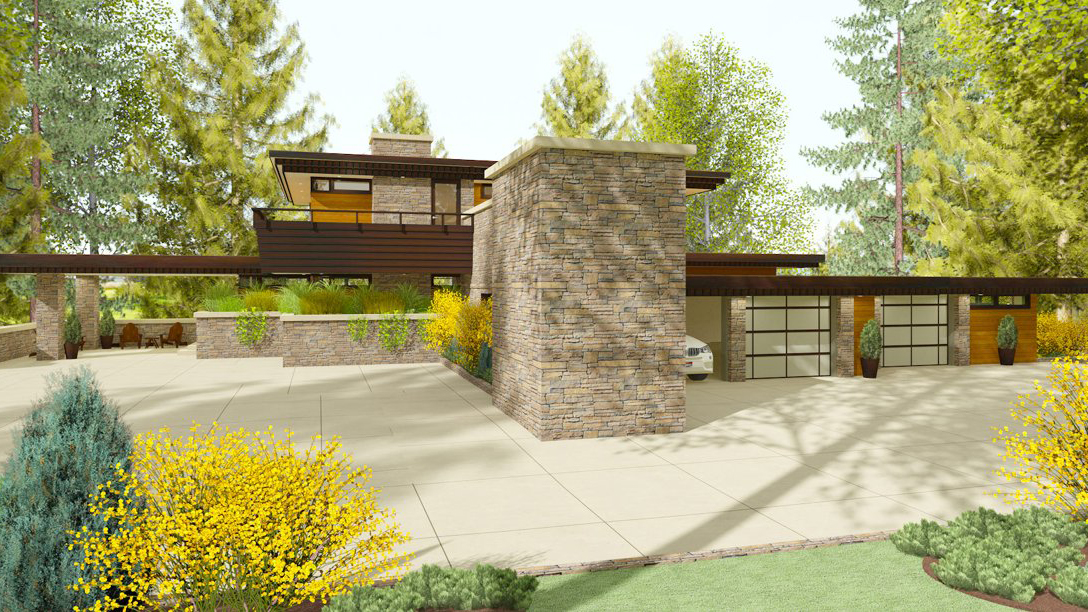
The ActiveHybrid X6 made its world premiere at the Frankfurt Motor Show (IAA) in September 2009. The result is that the car always uses the available power resources in the most efficient possible way, whatever speed it is travelling at. The car can operate in two modes: mode 1 delivers high torque when pulling away from a standing start and at low speeds, while mode 2 is suited for higher speeds. The BMW Concept X6 ActiveHybrid uses the V8 Twin Turbo with High Precision Injection that powers the BMW X6 xDrive50i.Ī defining feature of the BMW Concept X6 ActiveHybrid is its Two-Mode active transmission, an innovative technology that controls the interplay of the electrical motors and the internal combustion engine. The Active Hybrid 7 Generation 1 does not have this ability. Both cars made their market debuts at the end of 2009 and the X6 Hybrid can drive in pure electrical mode at low speeds.
Chief architect turn ioff updates x6 series#
BMWs first mild-hybrid BMW Concept 7 Series ActiveHybrid Generation 1 was revealed at the Paris Motor Show in October 2008. The BMW Concept X6 ActiveHybrid is the concept vehicle of BMWs first full-hybrid vehicle and was revealed at the Internationale Automobil-Ausstellung Frankfurt in September 2007. These include black kidney grilles, a carbon fibre spoiler, steel pedals, a sport steering wheel and M rims. M Performance Parts were available for the X6 M. Other features include 6-speed M Sports automatic transmission with aluminum pull-style paddles on the steering wheel, M Dynamic Mode feature, 10 mm (0.4 in) lower Adaptive Drive suspension, 4-piston fixed calipers with 15.6" rotor at front and single piston floating calipers with 15.2" rotor at rear, 20-inch alloy wheels with 275/40R20 front and 315/35R20 run flat tires, hill descent control, dynamic stability control, special gills in the front fenders, 20-inch light-alloy wheels. The high-performance M derivative features a twin scroll twin turbo version of the 4.4-litre V8 BMW S63 engine with the Cylinder-bank Comprehensive Manifold (CCM). In an oversteer situation, the inner wheel is overdriven to regain traction balance. For example while turning, the outer wheel is overdriven to provide greater acceleration using the traction advantage through the dynamic loading of the outboard wheel in cornering. The DPC system speeds up the slower moving wheel (the one with the most traction) in order to maintain stability when needed. This leads to increased brake wear and slower than optimal progress. A conventional control system will use the brakes to reduce the speed of the faster moving wheel (which is the one with less traction) and reduce engine power. The clutch pack activates a planetary gearset which causes one wheel to be overdriven. The DPC differential features clutch packs on both output sides that are actuated by an electric motor. This lateral distribution of torque is commonly known as torque vectoring. Torque is distributed not only between the front and rear wheels (xDrive) but also from side to side at the rear, for improved agility and added stability (through the DPC rear axle). DPC is a drivetrain and chassis control system that works to regulate traction and especially correct over- and understeer by actively spreading out drive forces across the rear axle. The X6 marks BMW's first use of its new Dynamic Performance Control system, which works in unison with xDrive all-wheel drive, both being standard on the X6.

The third-generation X6 was revealed in July 2019. The first generation (E71) was released for sale in April 2008 for the 2008 model year, while the second-generation X6 (F16) was launched at the Paris Motor Show in 2014. Prior to the release of the X7, the X6 was considered a flagship SUV for BMW. It is built in BMW's North American plant in Greer, South Carolina alongside the BMW X5, whose platform it shares.


It combines the attributes of an SUV (high ground clearance, all-wheel drive and all-weather ability, large wheels and tires) with the stance of a coupé (styling featuring a sloping roof). The BMW X6 is the originator of the sports activity coupé (SAC), referencing its sloping rear roof design. The BMW X6 is a mid-size luxury crossover SUV by German automaker BMW.


 0 kommentar(er)
0 kommentar(er)
